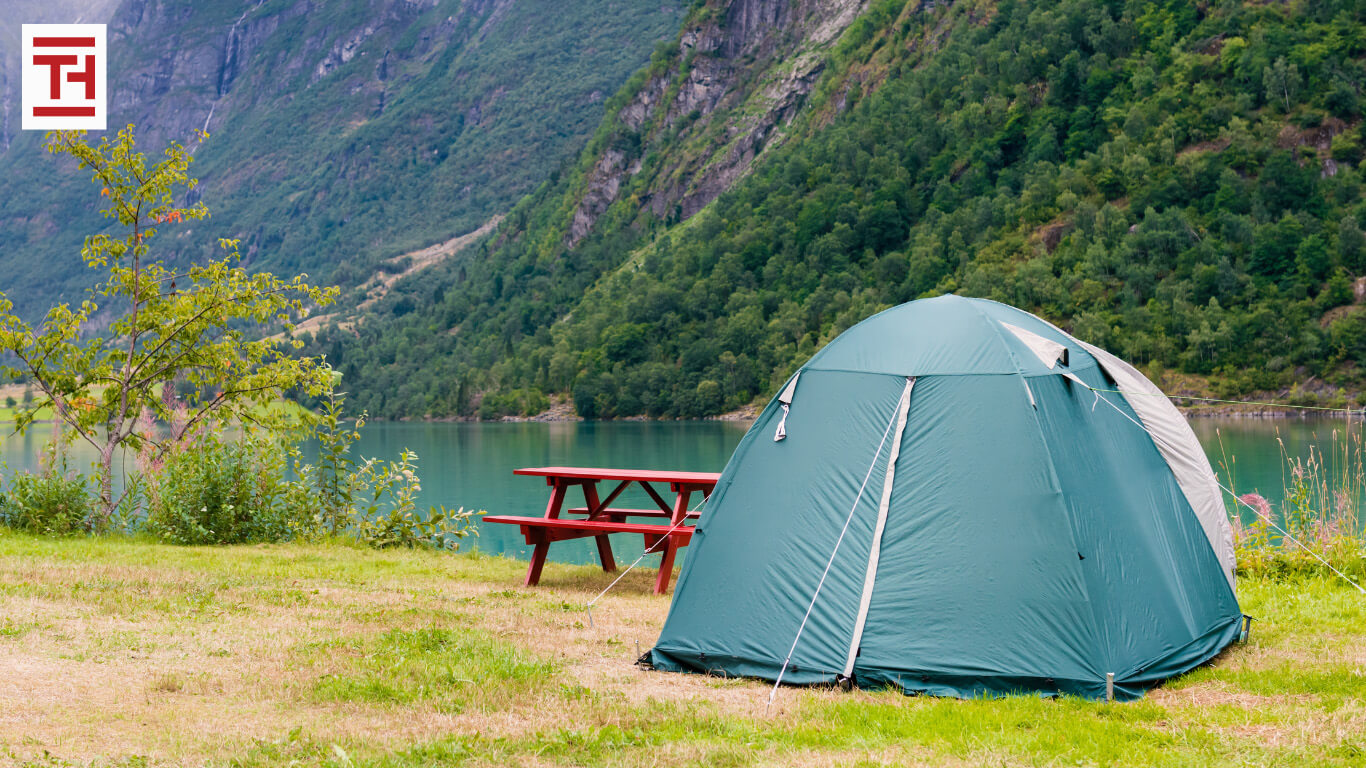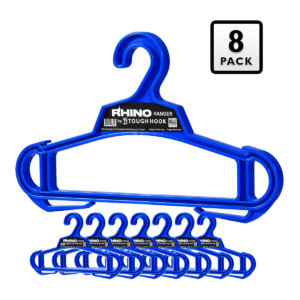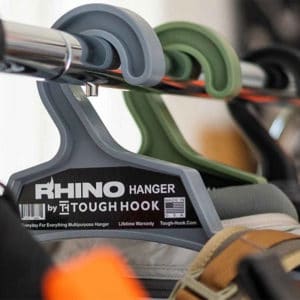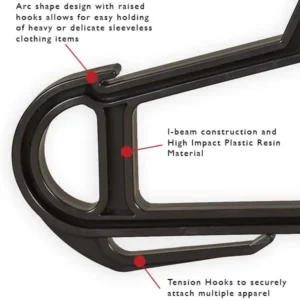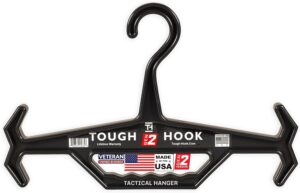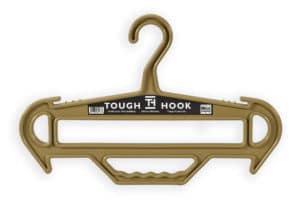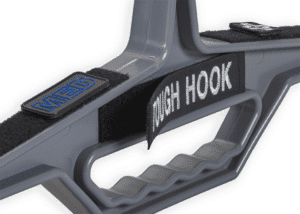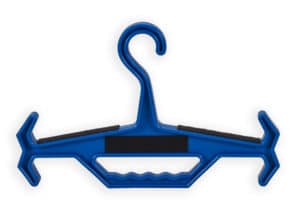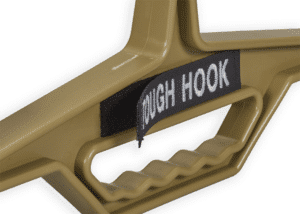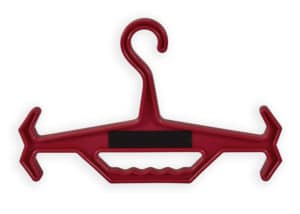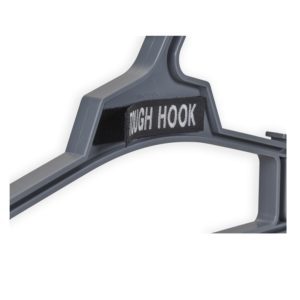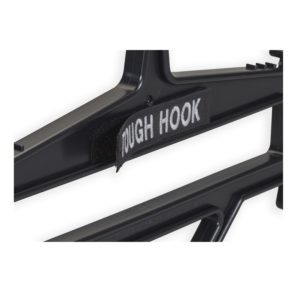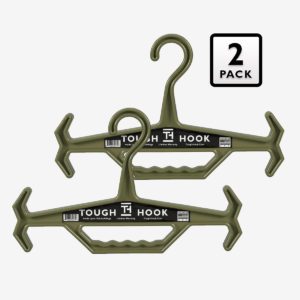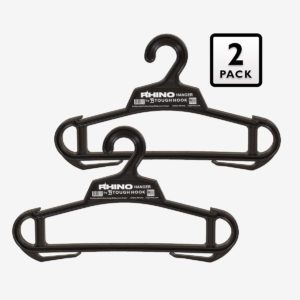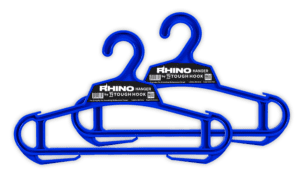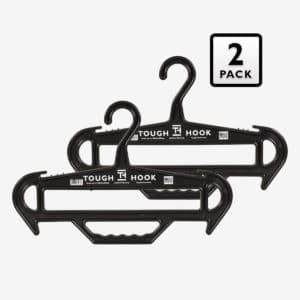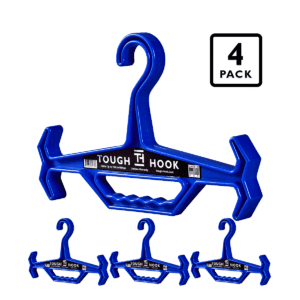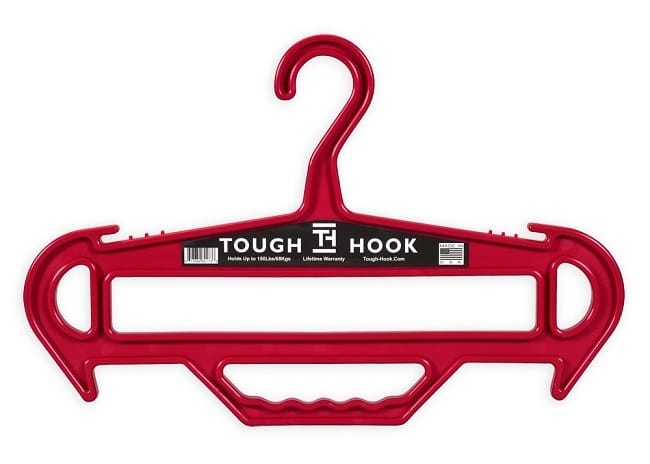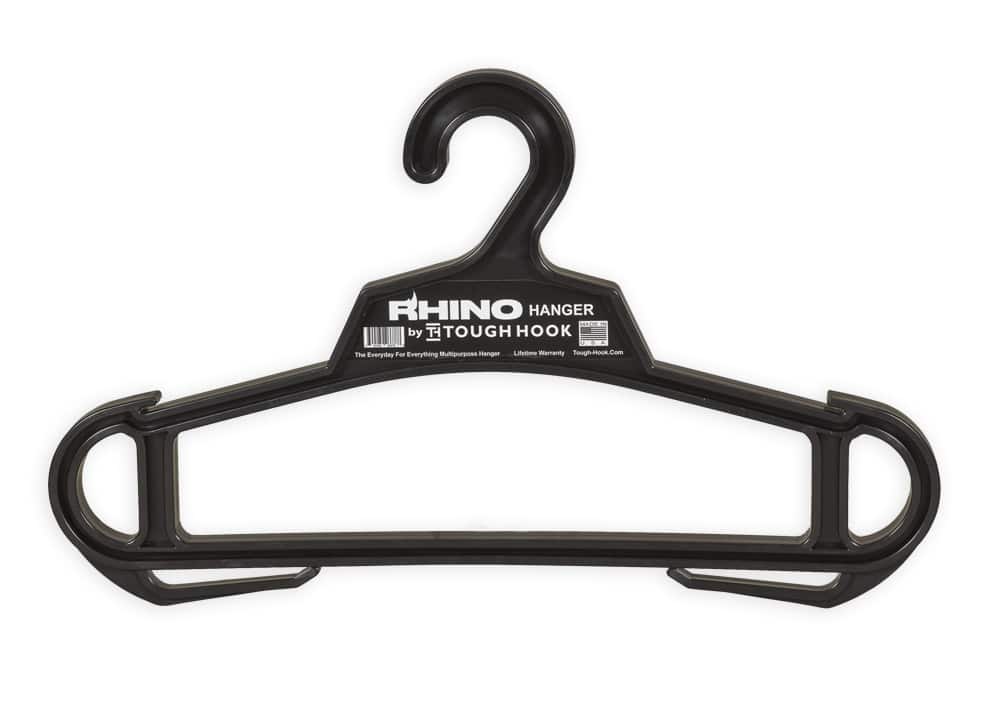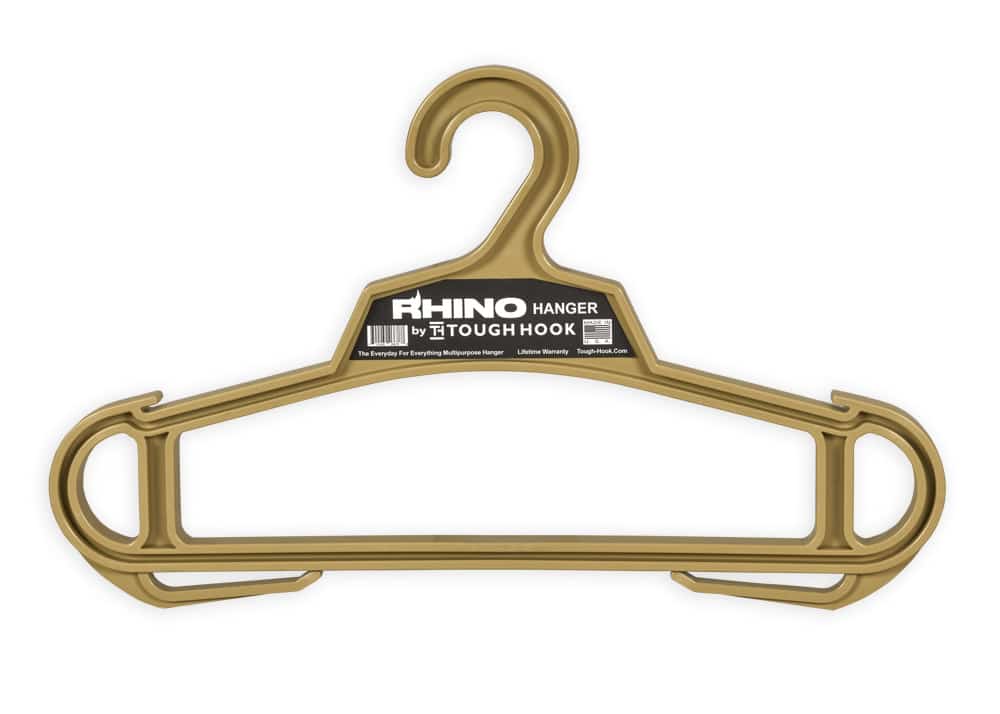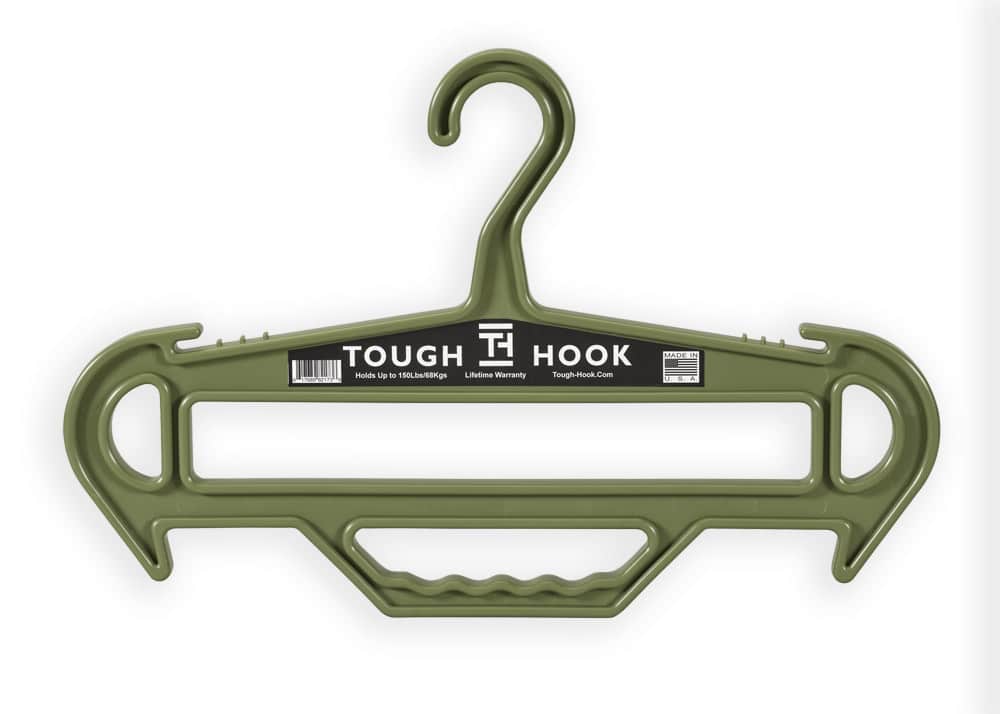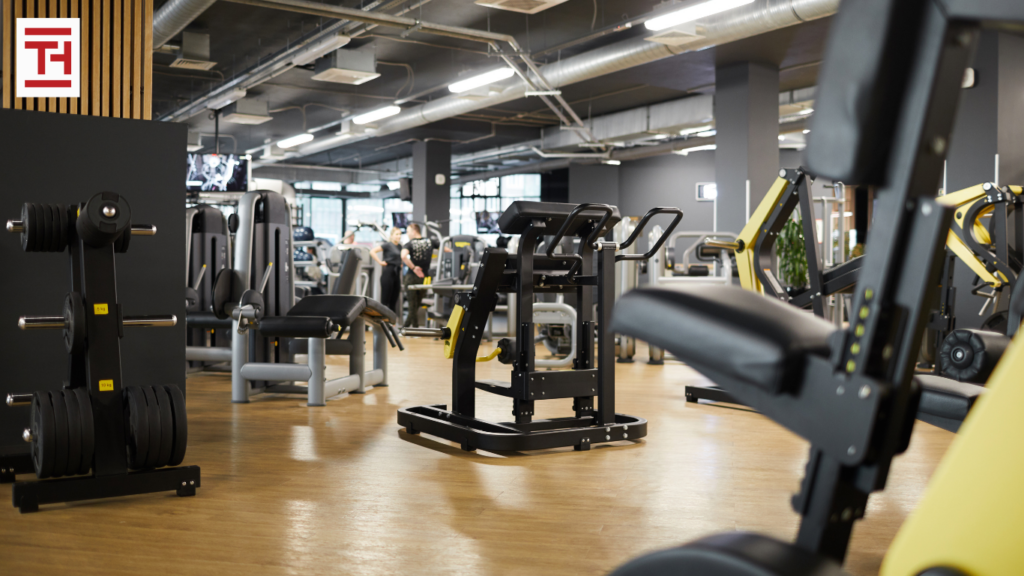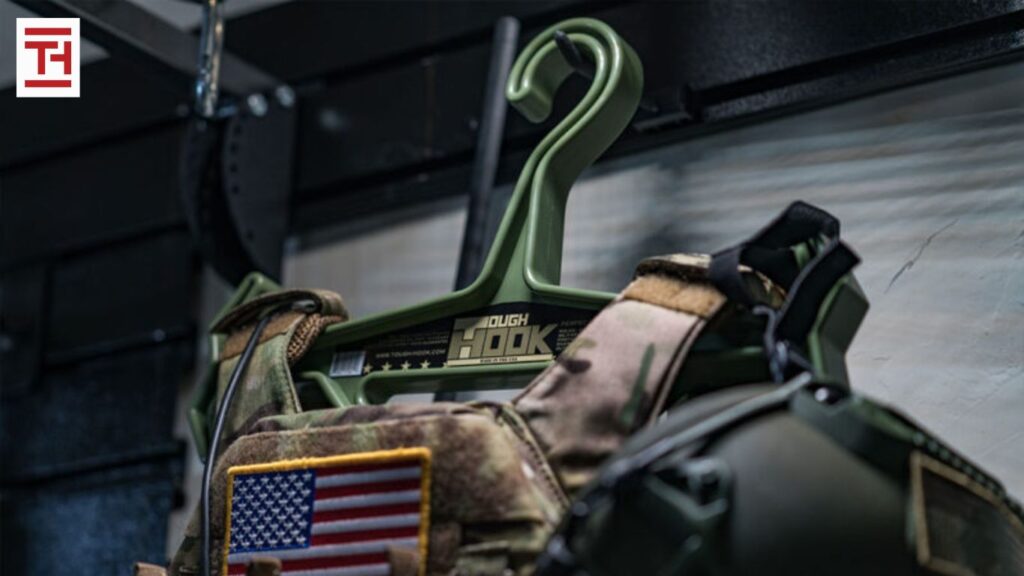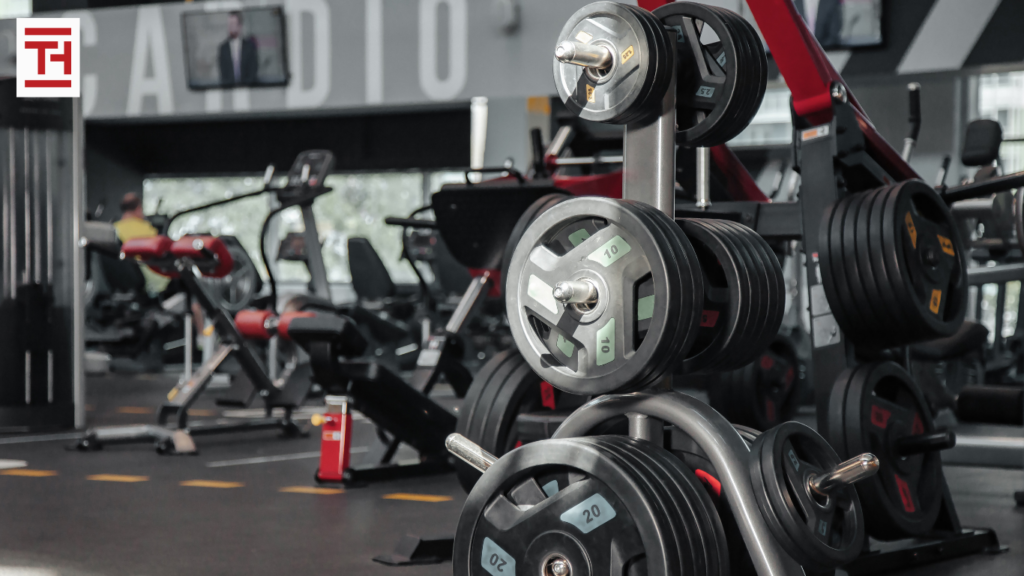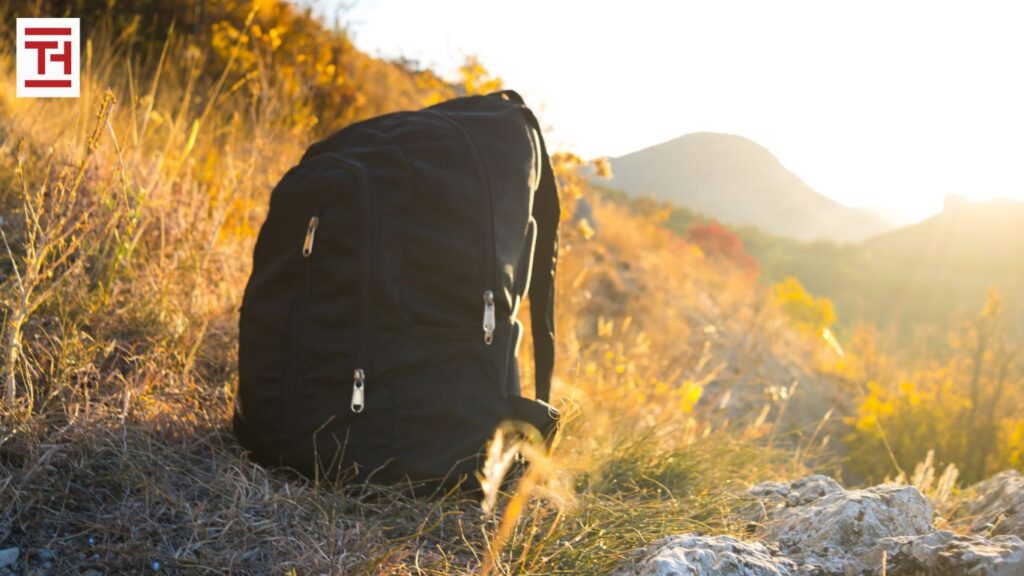As the scorching sun of summer begins to wane and cooler temperatures hint at the changing seasons, many American outdoor enthusiasts are starting to pack away their camping gear. While some might be looking forward to a crisp fall hike or a snowy winter escape, for others, the prime camping season is winding down. But before you simply toss your tent into the garage and stuff your sleeping bag into a duffel, consider this: proper off-season storage is paramount to extending the life of your valuable equipment and ensuring it’s ready for action when the trails call again. Neglecting your gear during its dormant period can lead to mildew, reduced insulation, weakened fabrics, and even pest infestations, turning your exciting first trip of the next season into a frustrating exercise in repair or replacement.
This comprehensive guide from Tough Hook will walk you through the essential steps for storing your tents, sleeping bags, and other camping essentials, ensuring they emerge from hibernation in pristine condition.
Why Proper Storage Matters
Think of your camping gear as an investment. Just like you wouldn’t leave your car out in the elements all winter without proper care, your outdoor equipment deserves similar attention. Here’s why it’s so crucial:
-
Longevity: Correct storage practices significantly extend the lifespan of your gear, saving you money in the long run.
-
Performance: Well-maintained equipment performs optimally. A properly stored sleeping bag retains its loft and warmth, and a tent’s waterproofing remains intact.
-
Hygiene: Preventing mold and mildew growth keeps your gear smelling fresh and free from harmful spores.
-
Readiness: When the next camping season arrives, your gear will be ready to go, saving you time and hassle.
-
Pest Prevention: Storing gear properly helps deter rodents and insects from making your tent or sleeping bag their winter home.
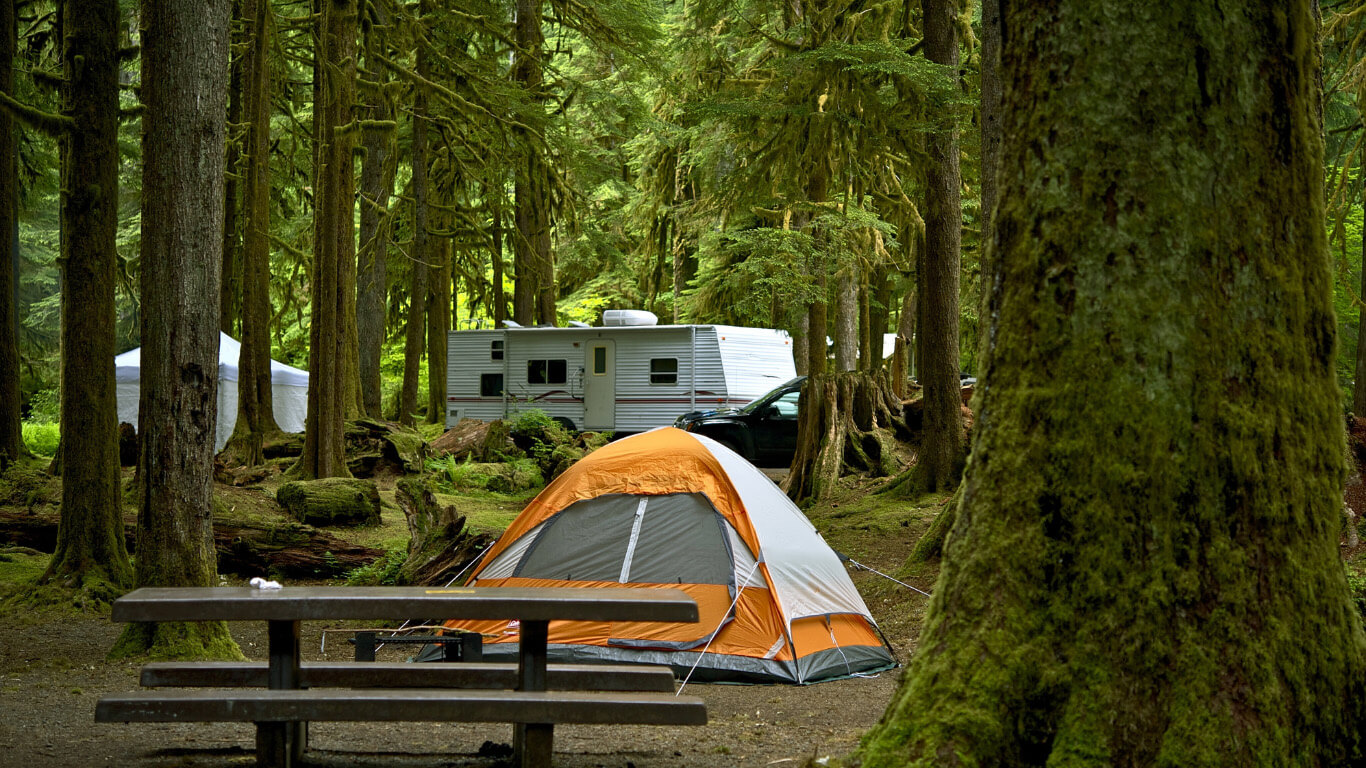
2 Pack RHINO Heavy Duty Clothes Hanger Bundle
Original price was: $25.95.$23.95Current price is: $23.95.The Golden Rules of Gear Storage
Before delving into specific items, remember these overarching principles:
-
Cleanliness is Key: Never store dirty or damp gear. This is the cardinal rule to prevent mold, mildew, and unpleasant odors.
-
Dry, Dry, Dry: Moisture is the enemy. Ensure everything is thoroughly dry before packing it away.
-
Ventilation Matters: Avoid airtight containers for most items. Air circulation is vital to prevent condensation and staleness.
-
Temperature Stability: Store gear in a cool, dry place, away from extreme temperature fluctuations. Attics and uninsulated garages are often poor choices.
-
Protection from Pests: Implement measures to keep critters out of your stored equipment.
Tent Storage: Your Portable Home’s Hibernation
Your tent is your shelter in the wild, and it deserves meticulous care during the off-season.
-
Thorough Cleaning:
-
Shake out debris: Remove all dirt, leaves, and sand from the tent body, fly, and footprint.
-
Wipe down surfaces: Use a mild soap (like diluted dish soap) and water to gently clean any soiled areas. For stubborn stains, specialized tent cleaners are available.
-
Rinse thoroughly: Ensure all soap residue is removed.
-
Clean zippers: Brush away any grit from zippers and lubricate them with a silicone-based lubricant to prevent sticking.
-
-
Complete Drying:
-
Pitch it if possible: The best way to dry a tent is to pitch it in a sunny, breezy spot for several hours or even a full day.
-
Hang indoors: If outdoor drying isn’t an option, hang the tent in a well-ventilated indoor space. Avoid direct sunlight for prolonged periods, as UV rays can degrade fabric.
-
Don’t rush it: Ensure every seam, corner, and the rainfly is completely dry. Even a small amount of moisture can lead to mildew.
-
-
Folding and Packing:
-
Loosely fold: Avoid tight, creased folds that can stress the fabric and coatings. Instead, loosely roll or stuff your tent into an oversized, breathable storage bag.
-
Separate components: Store tent poles and stakes in their own bags to prevent them from puncturing or abrading the tent fabric.
-
Breathable storage: Use a large mesh bag, cotton pillowcase, or an old duvet cover instead of the original stuff sack. This allows air circulation and prevents condensation.
-
Sleeping Bag Storage: Keeping the Warmth Alive
Your sleeping bag is crucial for a comfortable night’s rest. Proper storage ensures its insulating properties remain intact.
-
Cleaning Before Storage:
-
Follow manufacturer instructions: Down and synthetic bags have different cleaning requirements. Always check the care label.
-
Spot clean: For minor dirt, spot clean with a damp cloth and mild soap.
-
Full wash (if necessary): If your bag is very dirty, consider a full wash. Use a front-loading washing machine (top-loaders with agitators can damage bags) and a specialized down wash for down bags or a gentle detergent for synthetic bags. Rinse multiple times to remove all soap residue.
-
Thorough drying is critical: This is arguably the most important step.
-
Tumble dry on low heat: For both down and synthetic bags, use a large dryer on a low heat setting.
-
Add dryer balls: Throw in a few clean tennis balls or dryer balls to help break up clumps of insulation and restore loft.
-
Be patient: Drying a sleeping bag can take several hours, sometimes even a full day for down bags. Ensure there are absolutely no damp spots, as this will lead to mildew and clumping.
-
-
-
Loft and Ventilation:
-
Avoid compression: Never store a sleeping bag compressed in its stuff sack for extended periods. This can permanently damage the insulation and reduce its warmth.
-
Use a large storage sack: Store your sleeping bag uncompressed in a large mesh storage bag, an old pillowcase, or a dedicated cotton storage sack. This allows the insulation to loft naturally and air to circulate.
-
Hang it up: If space allows, hanging your sleeping bag on a large, sturdy hanger, like those from Tough Hook, can also be an excellent option. Our heavy-duty hangers are designed to handle significant weight, making them perfect for preventing creases and maintaining the loft of even the bulkiest sleeping bags. Ensure the hanger supports the bag evenly to prevent stress points.
-
Other Camping Essentials: A Quick Checklist
Don’t overlook your other vital camping gear.
-
Backpacks:
-
Empty and clean: Remove all contents and thoroughly clean out any crumbs or debris.
-
Wipe down: Clean the interior and exterior with a damp cloth.
-
Air dry: Hang upside down to ensure all pockets and compartments are dry.
-
Store uncompressed: Store in a well-ventilated area, avoiding crushing it.
-
-
Camp Chairs and Tables:
-
Clean thoroughly: Wipe down all surfaces.
-
Check for damage: Inspect for any loose screws, tears, or bends. Repair as needed.
-
Store dry: Ensure they are completely dry before folding and storing.
-
-
Cooking Gear (Stoves, Pots, Utensils):
-
Clean every piece: Remove all food residue and grease.
-
Dry completely: Water can cause rust on metal components.
-
Store separately: Keep fuel canisters separate from the stove.
-
-
Lanterns and Headlamps:
-
Remove batteries: This is crucial! Batteries left in devices can leak and corrode the electronics.
-
Clean and inspect: Wipe down and check for any damage.
-
Store in a dry place: Keep them in their original cases or a protective container.
-
-
First Aid Kits:
-
Check expiration dates: Replace any expired medications or supplies.
-
Replenish used items: Ensure it’s fully stocked for your next trip.
-
Store in a cool, dry place: Protect from extreme temperatures.
-
-
Clothing:
-
Wash thoroughly: Clean all clothing to prevent odors and fabric degradation.
-
Dry completely: Store in breathable bags or containers.
-
Consider specialized hangers: For heavy jackets, waders, or tactical vests, a Tough Hook hanger can provide robust support and prevent damage to expensive outerwear, ensuring it maintains its shape and integrity.
-
The Ideal Storage Environment
Once your gear is meticulously cleaned and dried, the final piece of the puzzle is finding the right storage location.
-
Cool and Dry: A climate-controlled basement, a spare closet, or a dedicated gear locker are ideal. Avoid attics, uninsulated garages, or sheds where temperatures can fluctuate wildly and humidity can build up. These environments are common culprits for prematurely aging gear in American homes.
-
Away from Sunlight: Prolonged exposure to direct sunlight can degrade fabrics and fade colors.
-
Pest-Free: Ensure your storage area is free from rodents and insects. Consider using airtight bins for smaller items, but remember that larger items like tents and sleeping bags need air circulation. For these, a sturdy, breathable storage bag is best. You might also consider natural pest deterrents like cedar blocks.
By following these guidelines from Tough Hook, you’ll not only protect your investment but also guarantee that your camping gear is ready to go at a moment’s notice, ensuring your next outdoor adventure starts with excitement, not frustration. Happy trails!

